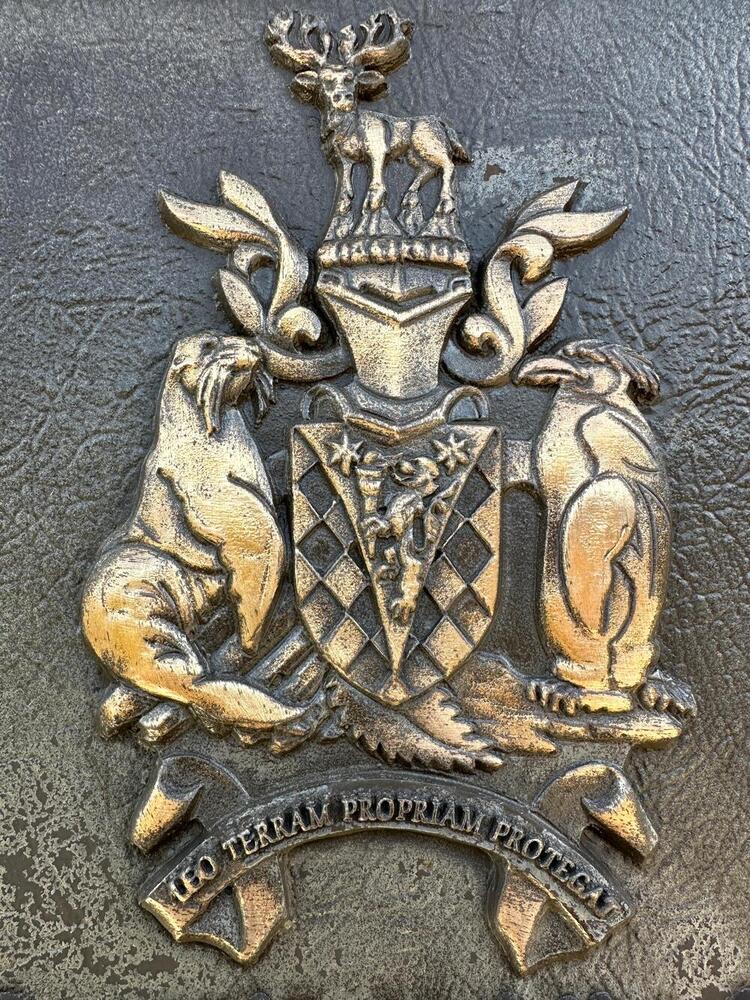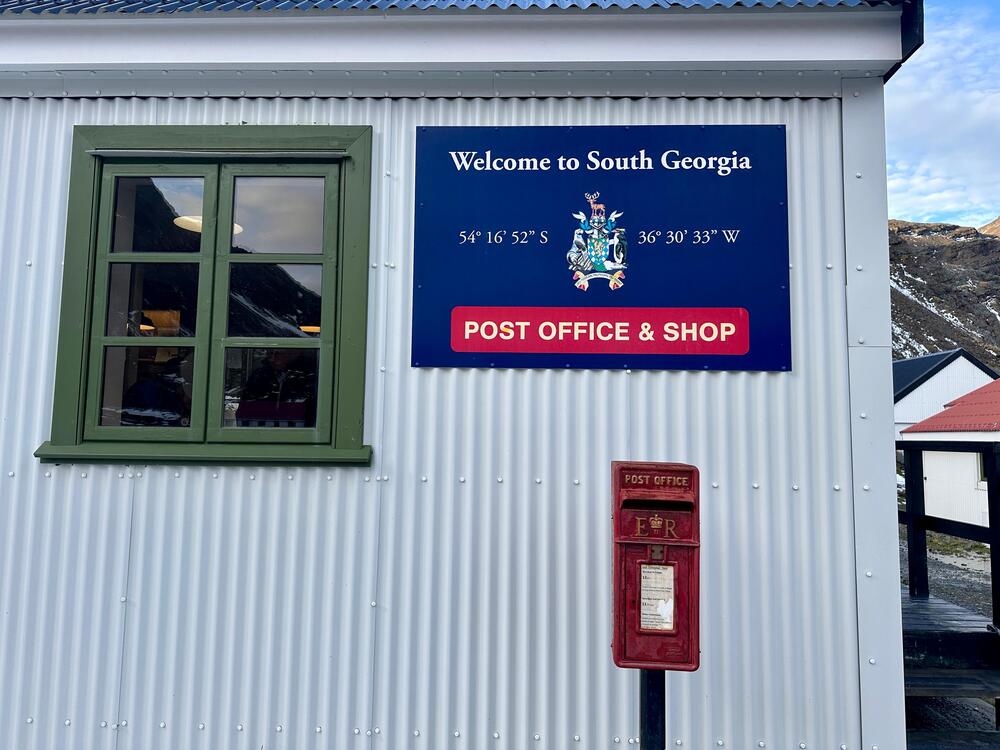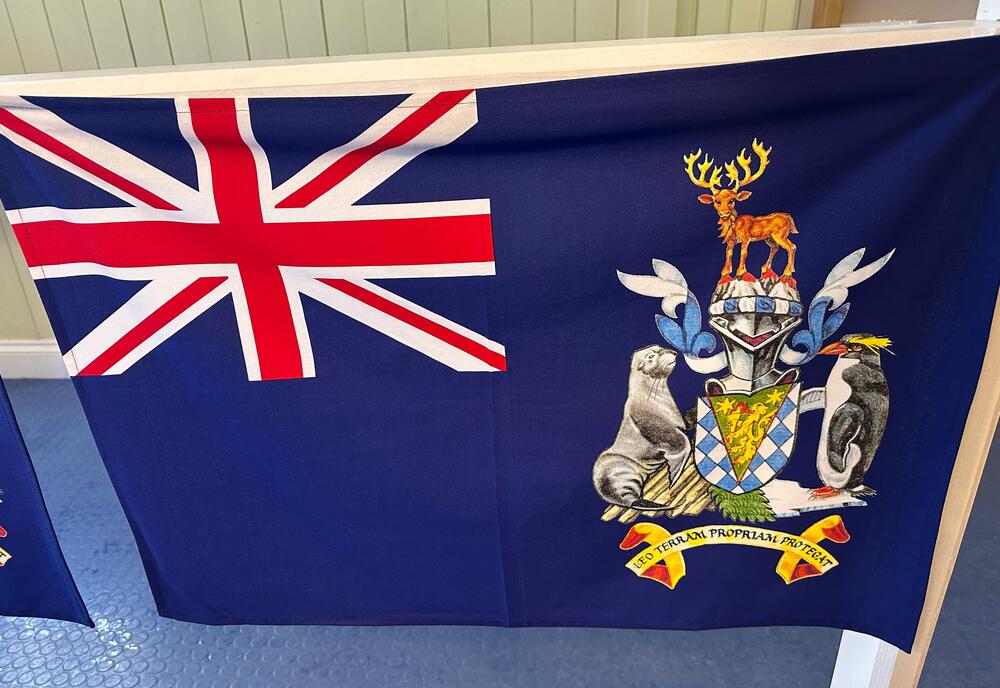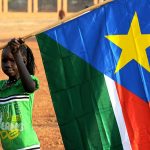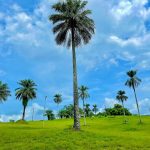If there’s one thing we love at YPT, it’s a good flag. They tell the story of a nation – or, in the case of the Flag of South Georgia, the story of a remote and windswept outpost in the South Atlantic. Though often overshadowed by the Union Jack that flies above it, the flag of South Georgia is an intricate masterpiece, packed with history, symbolism, and a few surprises.
The Basics of the flag of South Georgia
South Georgia and the South Sandwich Islands (SGSSI) are a British Overseas Territory (BOT), but their own flag has flown since 1985. Before that year, South Georgia and the South Sandwich Islands were a dependency of the Falkland Islands, and used their coat of arms. Like many BOT flags, it follows a familiar pattern: a Blue Ensign defaced with the territory’s coat of arms. The flag represents not just governance but also the island’s unique ecological and historical significance.
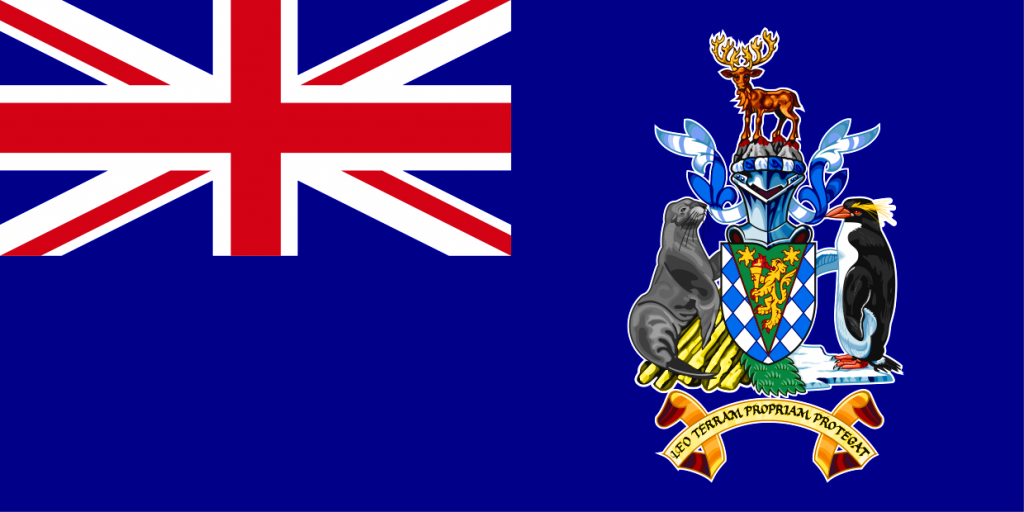
The Motto: “Let the Lion Protect His Land”
South Georgia’s motto, Leo Terram Propriam Protegat (“Let the lion protect his land”), is a powerful statement, referring both to the British lion and the rugged, untamed nature of the island itself. This motto reinforces the notion of sovereignty and protection over this remote land. The golden lion rampant holding a torch represents the United Kingdom and discovery.
The Three Landmasses: Mountain, Grass, and Ice
The coat of arms at the heart of the flag features a shield divided into three distinct landscapes:
- Mountains represent South Georgia’s peaks which creates a landscape that is as stunning as it is inhospitable. The island’s highest peak, Mount Paget, reaches an impressive 2,935 meters (9,629 feet).
- Grasslands symbolize the island’s tundra and coastal areas, home to some of the largest concentrations of wildlife on Earth, including vast penguin colonies and elephant seals.
- Ice signifies the glaciers that cover much of the island, a reminder of its sub-Antarctic location. Over 50% of South Georgia is covered in permanent ice and snow.

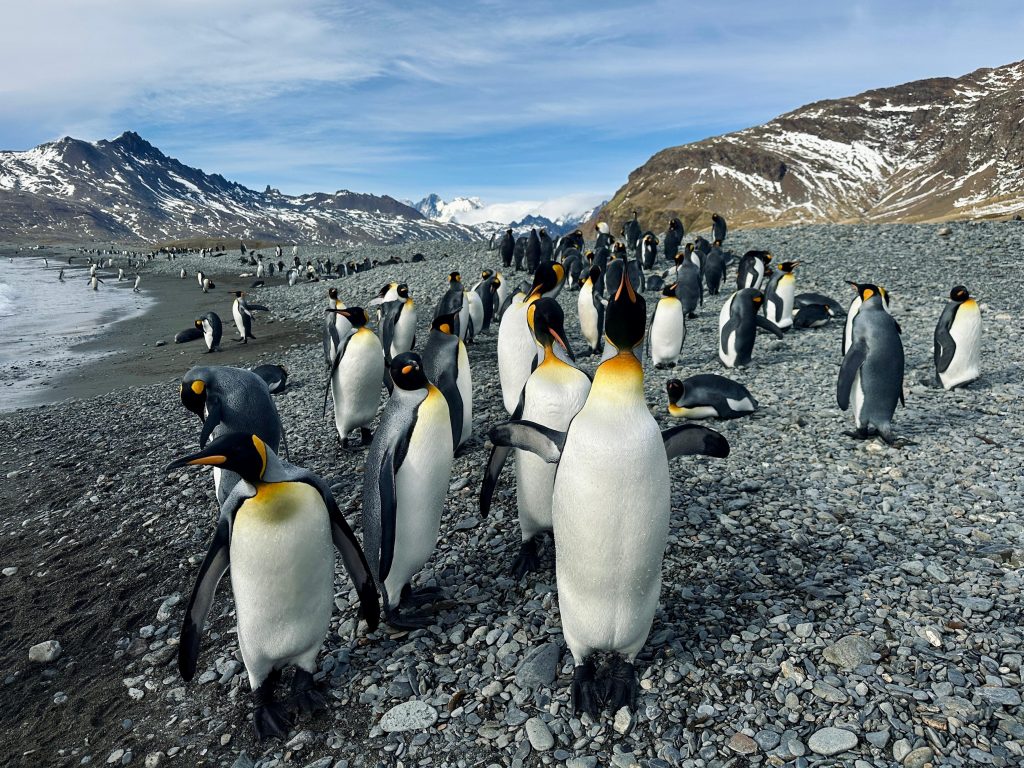
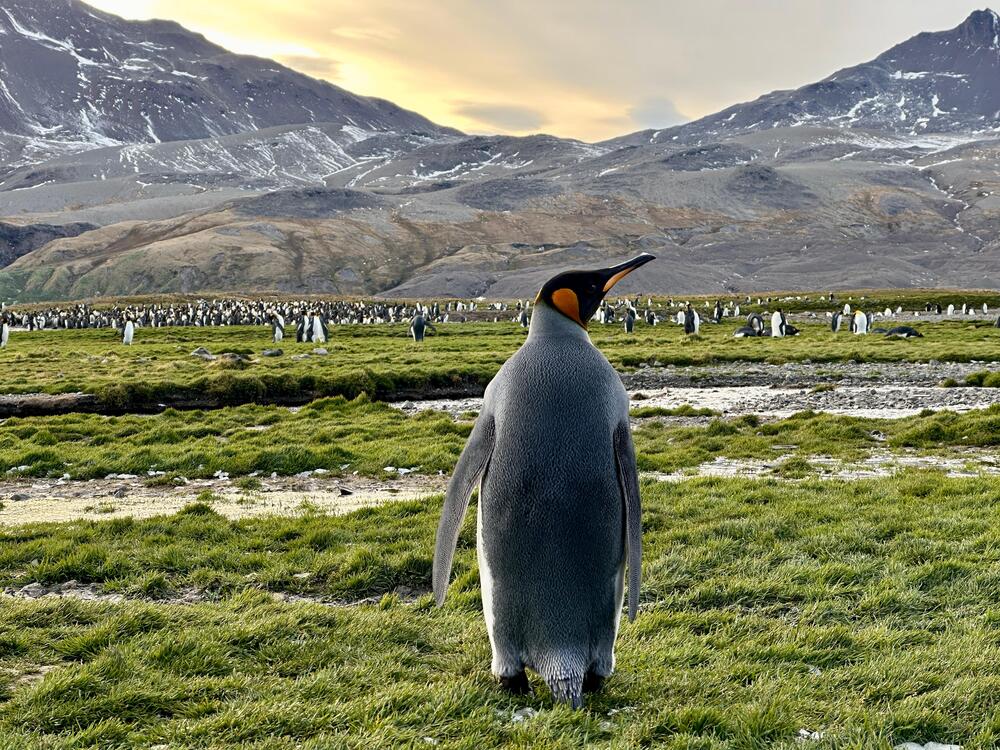
Wildlife: Fur Seals and Macaroni Penguins
Flanking the shield are two of South Georgia’s most famous residents:
- A fur seal on the left, representing the species that was nearly hunted to extinction in the 19th century but has since rebounded in massive numbers. Today, South Georgia is home to over 5 million fur seals, around 95% of the world’s population.
- A macaroni penguin on the right, one of the most distinctive penguins in the region, named for its yellow crest that reminded early explorers of “macaroni” fashion trends in 18th-century Europe. These penguins number in the hundreds of thousands on the island, forming some of the world’s largest seabird colonies.
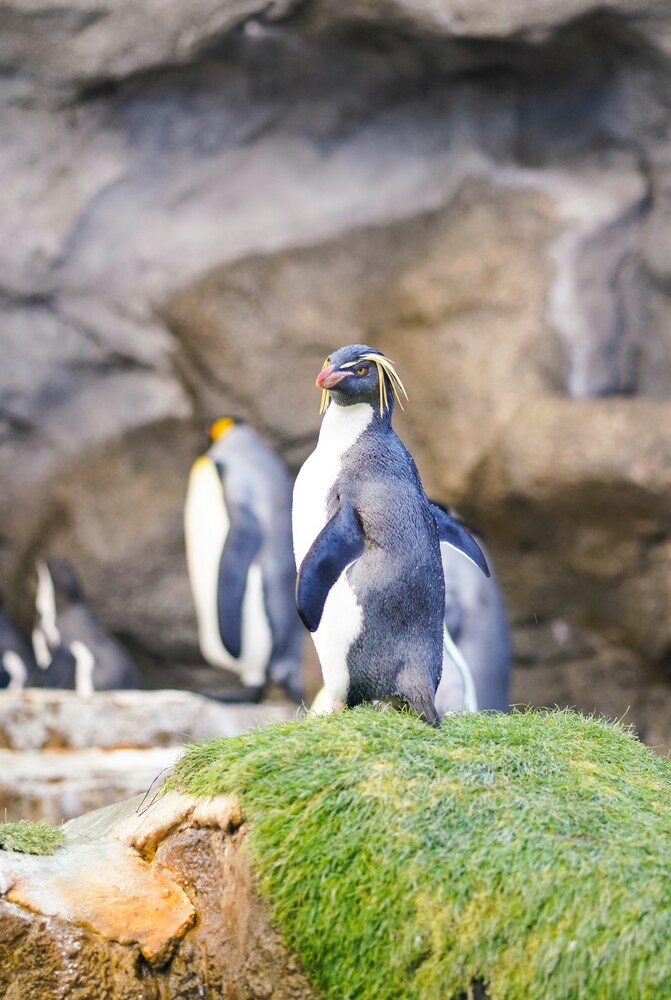
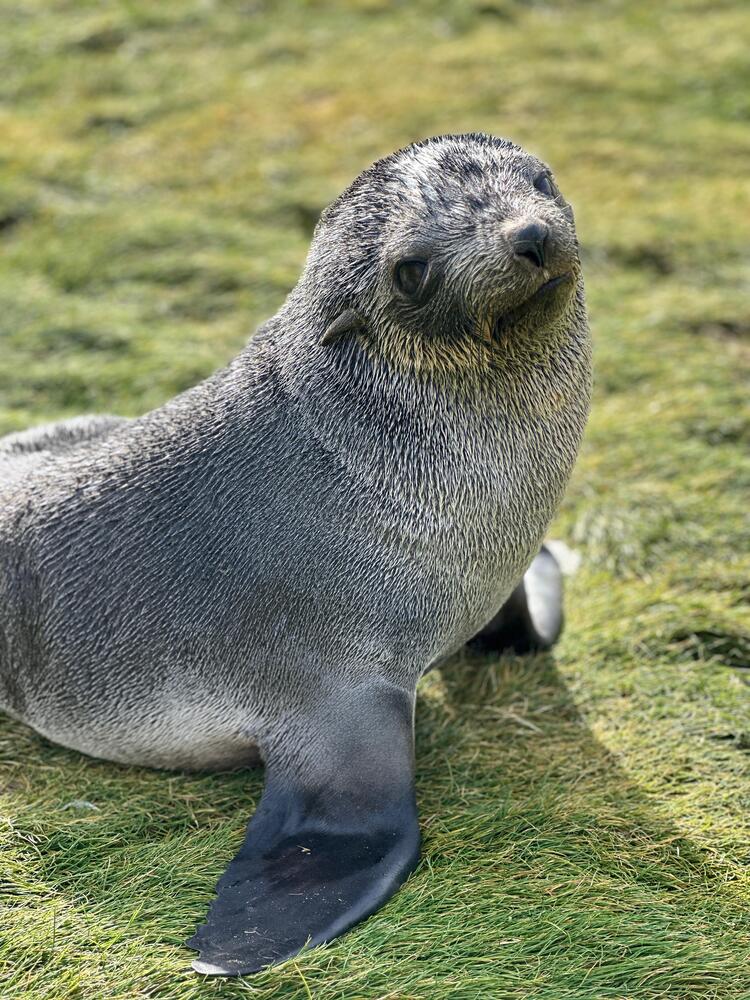
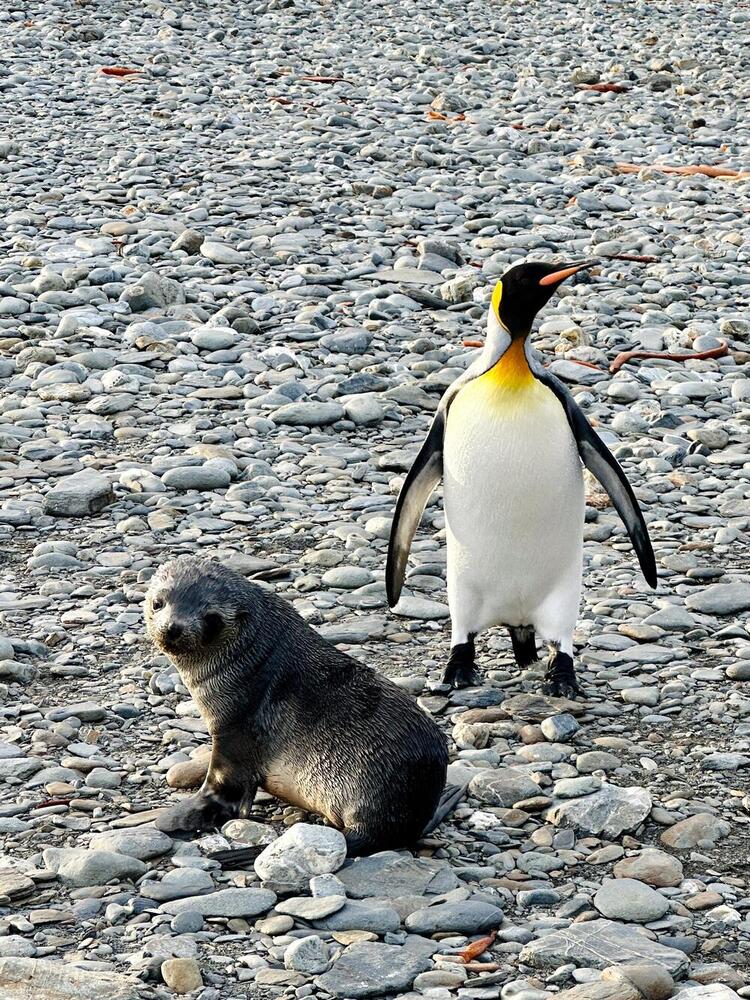
The Legacy of James Cook
Captain James Cook, the first known person to set foot on South Georgia in 1775, is honored in the coat of arms through elements taken from his own coat of arms: a traditional heraldic helmet and two stars, in memory of his having explored and made discoveries so very far beyond all former navigators.
Cook claimed the island for Britain, naming it after King George III. His landing marked the beginning of human activity on the island, which would later become an important site for sealing, whaling, and scientific research.
Cook’s journey to South Georgia was part of his second voyage (1772–1775), during which he circumnavigated the globe in search of the mythical Terra Australis. When he landed at Possession Bay on January 17, 1775, he was struck by the island’s desolate and icy landscape, describing it as a place “doomed by nature to perpetual frigidness.” Despite its harsh conditions, Cook recognized South Georgia’s strategic location and potential resources.
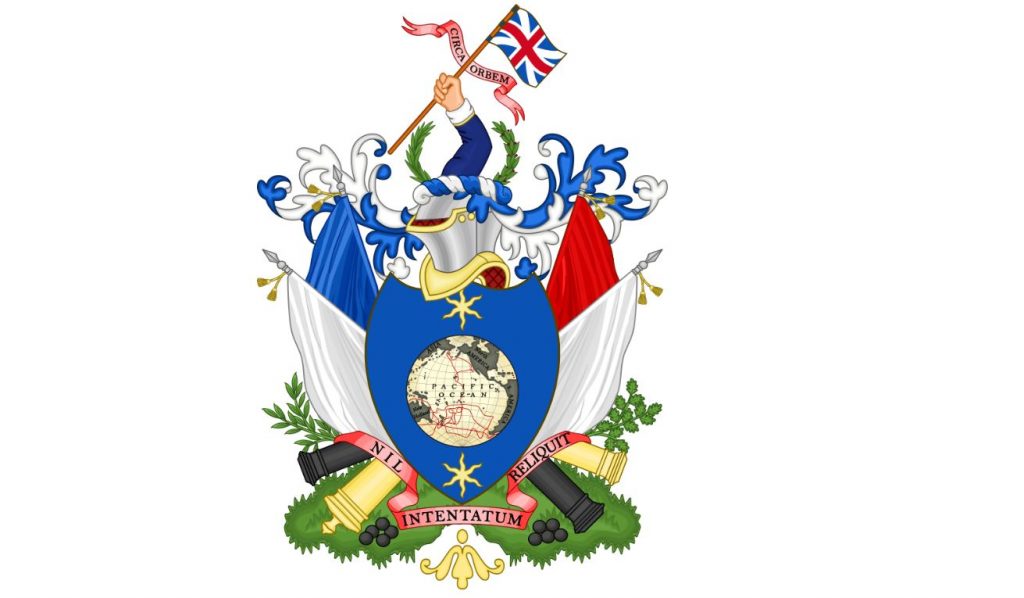
The Reindeer: A Ghost from the Past
Atop the crest, standing proudly, is a reindeer, an animal that once roamed South Georgia but no longer does. Norwegian whalers introduced reindeer to the island in the early 20th century as a source of food and for hunting-for-fun purposes. They thrived in the absence of predators, growing to a population of around 6,000 before being deemed an environmental threat. Between 2010 and 2017, a massive eradication program was undertaken, and today, South Georgia is once again reindeer-free. The removal allowed native vegetation to recover, supporting the fragile ecosystem of the island.
How the flag of South Georgia compares to other British Overseas Territory flags
The flag of South Georgia follows the standard British Overseas Territory design featuring a Blue Ensign with the territory’s coat of arms. This format is shared by other BOTs such as the Falkland Islands, the British Antarctic Territory, and Bermuda. However, South Georgia’s flag stands out for its distinct coat of arms, which heavily emphasizes wildlife and the island’s extreme environment.
Unlike territories with a strong human presence, such as Gibraltar or Bermuda, whose coats of arms highlight architecture or historical symbols, South Georgia’s flag tells the story of an island ruled by nature. The fur seal, macaroni penguin, and reindeer (which no longer inhabit the island) reflect its ecological and conservation significance.
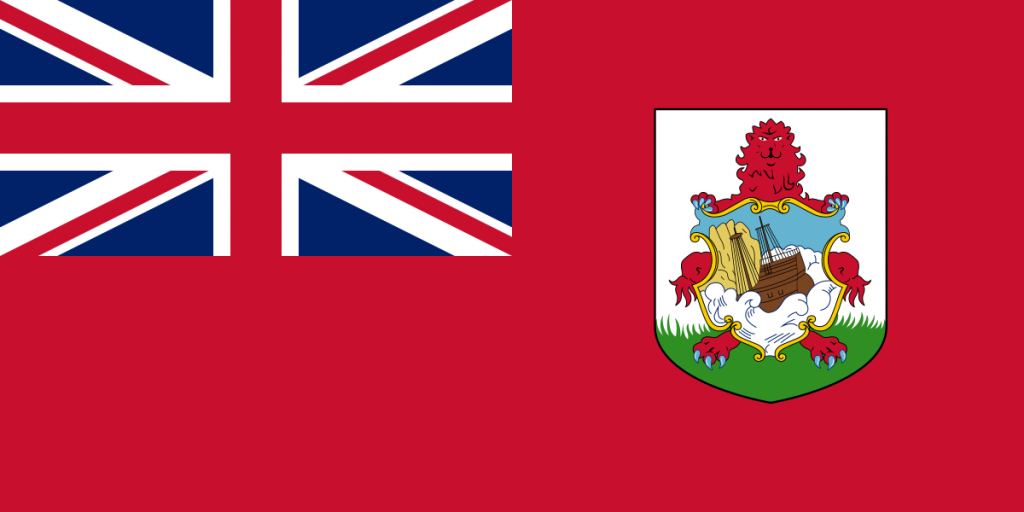
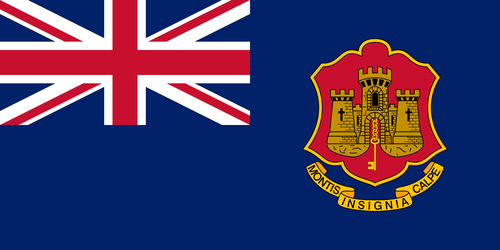
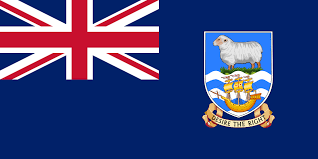
Additionally, while some BOT flags incorporate maritime elements (e.g., the British Indian Ocean Territory’s wavy lines representing the ocean), South Georgia’s focuses on its rugged, sub-Antarctic landscape with its tripartite division of mountains, grass, and ice. This unique composition makes it one of the most visually distinctive flags among British territories, representing an environment that is both inhospitable and ecologically crucial.
The territory is one of the most biodiverse places on the planet, home to millions of seabirds, whales, and seals, and serves as a crucial hub for scientific research. Whether you see the flag flying above a government building in King Edward Point or embroidered on a research station patch, it stands as a proud symbol of one of the most remote and fascinating places on Earth.
Want to see the flag of South Georgia for yourself? Get in touch – YPT might just take you there.
